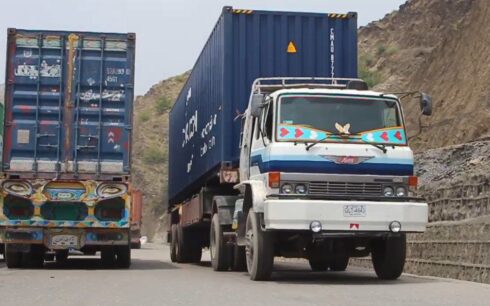Taliban announced Sunday that they have signed contracts for the exploration and extraction of 21 major mines across Afghanistan over the past three years.
The Taliban’s deputy chief’s office said on X that these mining projects are located in seven provinces, including Herat, Ghor, Takhar, Baghlan, Kabul, Parwan, and Kandahar. The majority of the contracts involve iron mines.
According to Taliban, the estimated value of these mining contracts is close to $6 billion. The mines being developed include deposits of iron, lead and zinc, gold, rubies, chromite, cement, barite, and coal.
Key mining projects announced
Iron Mine in Herat
Lead and Zinc Mine in Ghor
Gold Mines in Takhar and Baghlan
Ruby Mine in Kabul
Chromite Mine in Parwan
Cement Mines in Parwan, Herat, and Kandahar
Barite Mine in Herat
Coal Mine in Herat
Contracts have been awarded to companies from China, Qatar, Turkey, the United Kingdom, and Iran, along with several domestic firms. Some agreements extend for 30 years and include partnerships between foreign and Afghan companies.
Notable contracts
Ghorian Iron Mine: $5.6 billion investment; contracts with Turkish, British, Iranian companies, and Afghan partners.
Jabal Saraj Cement Project: $220 million investment; contracted to a Qatari company in partnership with an Afghan firm.
Lead Mine in Ghor: $537 million investment; contracted to Afghan Invest.
Takhar Gold Mine: $310 million investment; contracted to a Chinese company.
Residents and civil society groups have raised concerns that while the Taliban are signing lucrative contracts, the revenue allocation remains opaque, and local communities where mining takes place do not see the benefits. The lack of transparency in the expenditure of mining revenue has been a recurring criticism.
Economic context
The United Nations Development Program (UNDP) has reported that political upheaval and natural disasters have left Afghanistan among the world’s poorest nations. The country’s gross domestic product (GDP) has shrunk dramatically, from $20.4 billion in 2020 to an estimated $12.2 billion in 2024, marking an $8 billion decline during the Taliban’s rule.
The U.N. figures contrast with the Taliban’s Bureau of Statistics, which claims a GDP of $15.7 billion for the current year.
The Taliban’s Ministry of Mines and Petroleum has awarded at least 22 significant mining contracts to international and domestic firms over the last three years, with a collective estimated value of $7.5 billion. Significant projects include the Amu Darya oil basin and cement plants in Herat, Kandahar, and Parwan.
Reported revenues
Amu Darya Oil Basin: $94.5 million
Panjshir Emeralds: $4.5 million
Lead and Zinc: $14 million
Despite these figures, Taliban have not provided comprehensive details on revenue from all mining activities, including coal, fueling calls for increased transparency and accountability. The handling of national revenue remains a point of contention, with both local citizens and international observers urging more oversight to ensure that the wealth generated benefits the Afghan population.



